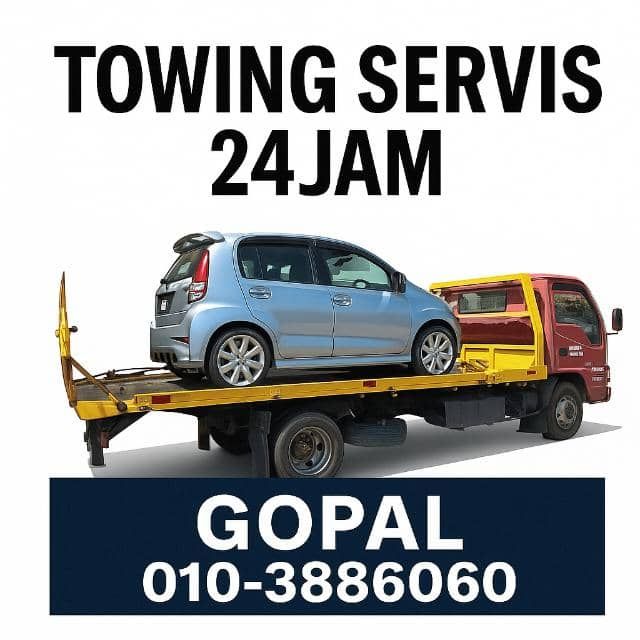DIY Car Breakdown Solutions Before Calling a Towing Service
Introduction
Finding yourself stranded on the side of the road with a broken-down car can be a frustrating experience. While calling a towing service might seem like the only option, there are several DIY solutions you can try before making that call. With a bit of knowledge and preparation, you might be able to resolve minor issues on your own.

Check the Battery
One of the most common reasons for a car breakdown is a dead battery. If your car won't start, check if the battery terminals are corroded or loose. You can clean the terminals using a mixture of baking soda and water, and ensure they are tightly connected. If you have jumper cables and another vehicle available, try jump-starting your car.
Jump-Starting Your Car
To jump-start your car, follow these steps:
- Connect one end of the red jumper cable to the positive terminal of the dead battery.
- Attach the other end of the red cable to the positive terminal of the working battery.
- Connect one end of the black jumper cable to the negative terminal of the working battery.
- Attach the other end of the black cable to an unpainted metal surface on your car's engine block.
- Start the working vehicle and then try starting your car.

Examine Tire Issues
A flat tire is another common issue that can often be resolved without professional help. Check if you have a spare tire, jack, and lug wrench in your vehicle. With these tools, you can change a flat tire in no time. Remember to park on a flat surface and engage your parking brake for safety.
Changing a Flat Tire
Follow these steps to change a flat tire:
- Loosen the lug nuts slightly before jacking up the car.
- Use the jack to lift the car until the tire is off the ground.
- Remove the lug nuts completely and take off the flat tire.
- Place the spare tire on the hub and hand-tighten the lug nuts.
- Lower the car and fully tighten the lug nuts in a crisscross pattern.

Handle Overheating
If your engine is overheating, it’s crucial to act quickly to prevent damage. First, turn off the air conditioning and turn on the heater to help dissipate heat from the engine. Pull over safely and let the engine cool down before checking the coolant level. If low, refill it with a mix of coolant and water.
Prevent Overheating
To avoid future overheating issues, regularly check your radiator hoses for leaks or cracks and ensure your coolant levels are adequate. Keeping up with regular maintenance can prevent many overheating problems.

Conclusion
While these DIY solutions can help in many breakdown scenarios, it's important to recognize when professional assistance is necessary. If you encounter complex issues or feel unsafe handling repairs yourself, don't hesitate to call for help. Having some basic knowledge of car maintenance can not only save time but also provide peace of mind during unexpected breakdowns.
